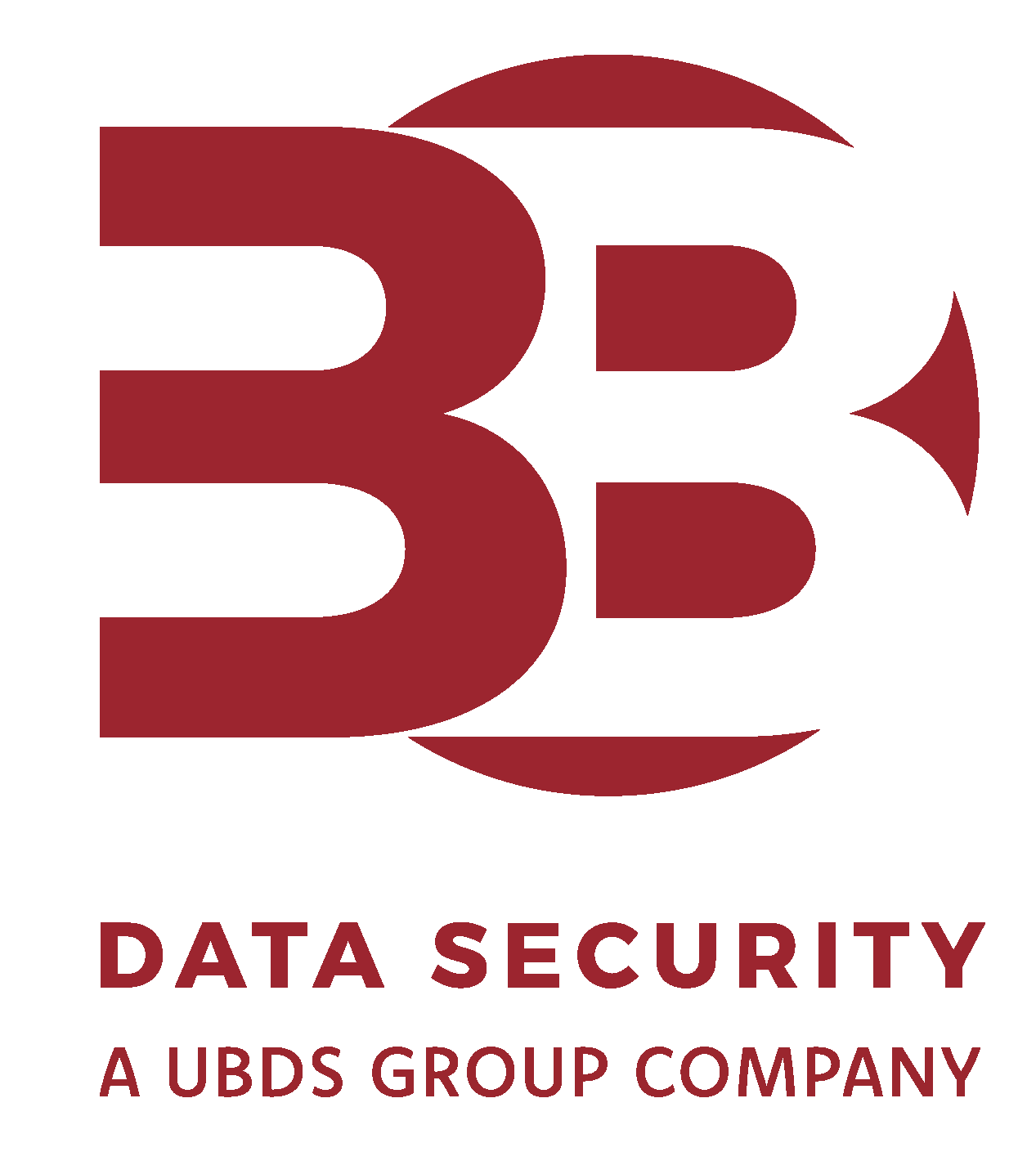Cyber crime is on the rise, with the global cost expected to grow from $8.44 trillion (£6.9 trillion) in 2022, to $23.84 trillion (£19.5 trillion) by 2027. As technology continues to advance, the threat of cyber attacks is only going to become more prevalent.
So, Why Is Cyber Crime So Expensive?
Last year, the global average cost of a data breach was $4.35 million (£3.6 million). This cost takes into consideration the multiple ways an organisation can be affected following a breach.
First and foremost, cyber attacks can cause significant damage to a business’s reputation. If a company’s systems are breached and customer data is stolen, it can be difficult to regain the trust of those customers or attract new ones. This often leads to loss of business, as well as the legal fees and other costs associated with addressing the breach. In fact, 87% of consumers will take their business to a competitor if they don’t trust a company to handle their data responsibly.
Depending on the cause of the incident, the measures in place beforehand, and how it was handled following its discovery, organisations may also be facing regulatory fines following an attack. GDPR (General Data Protection Regulations) fines can be up to €20 million (£17.5 million) under the EU GDPR or 4% of annual global turnover. If your organisation was found to be in breach of the PCI DSS (Payment Card Industry Data Security Standard), they could be looking at fines between $5,000 – $100,000 (£4,000 – £82,000) a month until they achieve compliance.
Cyber attacks can also cause direct financial losses. Last year, the average cost of a ransomware attack was $4.54 million (£3.7 million). Although it’s never recommended to pay the ransom, an organisation still incurs costs associated with restoring its systems and data. There’s also the cost of downtime following a ransomware attack. The average downtime an organisation experiences following an attack is 7-21 days.
Another cost of cyber crime is the loss of intellectual property. If a hacker gains access to an organisation’s confidential information, it can be a devastating blow to the business’s competitive advantage. The cost of lost intellectual property can be difficult to quantify, but it can have a significant impact on a company’s bottom line.
What Preventative Measures Should You Take?
Given the high cost of cyber crime, it’s clear that prevention is key. So, what can businesses do to protect themselves from cyber threats?
One of the easiest and most important steps to take is to keep software up to date. Many cyber attacks take advantage of vulnerabilities in outdated software, so keeping systems patched and updated is critical. You should also avoid using obsolete products. These products no longer receive security updates, potentially leaving vulnerabilities open for cyber criminals to exploit.
Using a strong, unique password is vital when it comes to protecting your accounts from unauthorised access. Multi-factor authentication should also be implemented wherever possible. Microsoft has said that based on their studies, your account is more than 99.9% less likely to be compromised if you use multi-factor authentication.
95% of cyber security issues are traced to human error, so it’s crucial that your staff know how to follow security best practices, and spot and respond to a cyber threat. Conducting regular staff awareness training can ensure that your staff are following the relevant security process and protocols, and are kept up-to-date on the latest tactic cyber criminals are using.
Organisations should look to implement a baseline of cyber security measures to keep their systems and data secure. Firewalls and antivirus software can help prevent the most common types of attacks from breaching your systems. Achieving certification to schemes such as Cyber Essentials can also help protect your organisation against 80% of common cyber attacks.
Conducting regular penetration tests and vulnerability scans can help your organisation identify any weaknesses in your systems and infrastructure, giving you the opportunity to patch them before they can be exploited by cyber criminals.
In the event your organisation does fall victim to a cyber incident, you need to be prepared. Having an incident response team and a regularly tested incident response plan can save your organisation an average of £2.2 million following an attack. Incident response plans detail what steps your organisation will follow in the event of an incident, helping you respond quickly and effectively to contain and reduce the impact of an incident.
Get Help From the Security Experts
The cost of cyber crime is only getting higher and it’s a matter of when, not if, your organisation will fall victim. With 60% of small businesses folding within six months of a cyber attack, it’s vital that organisations are putting robust measures in place to prevent an attack and remain secure.
At 3B Data Security, our specialist team have been dealing with cyber incidents in excess of 20 years. They’ve seen the cyber threat landscape develop, and have helped countless organisations prepare for and respond to the growing rate of cyber threats.
Our team offer a range of specialised services to keep any organisation, no matter the size or industry, safe and secure.
Get in touch with us today to find out how we can protect your organisation from the inevitable increase in cyber crime.







